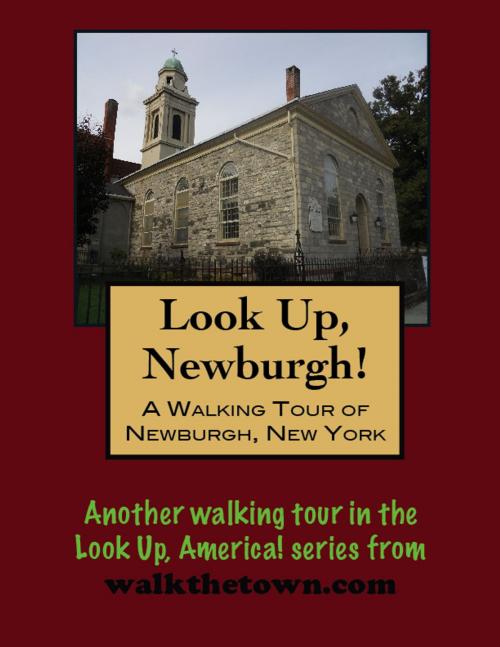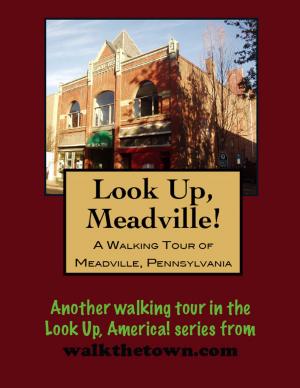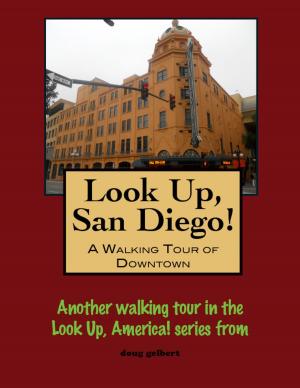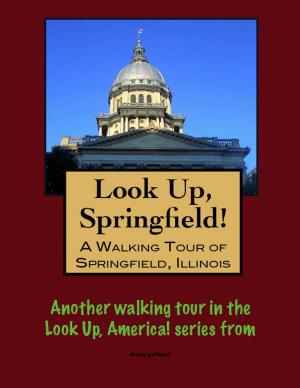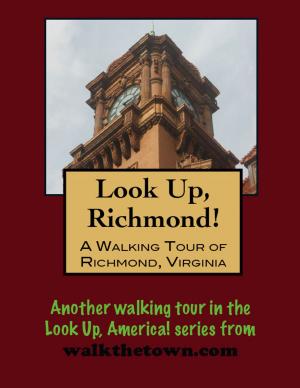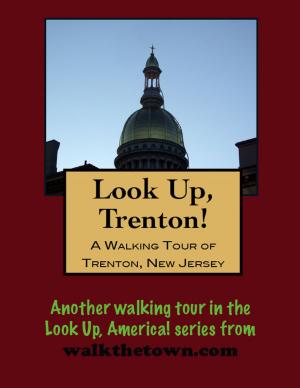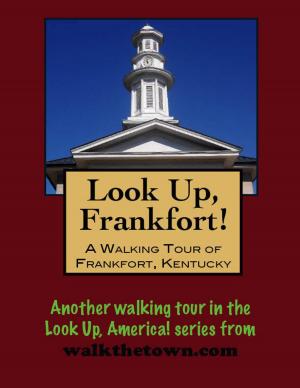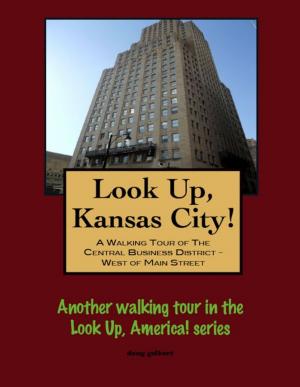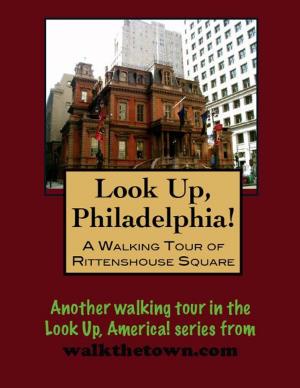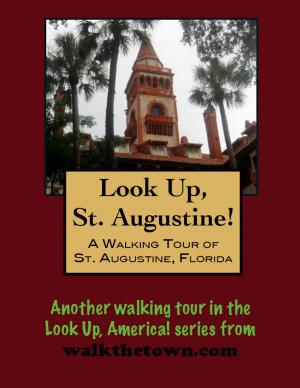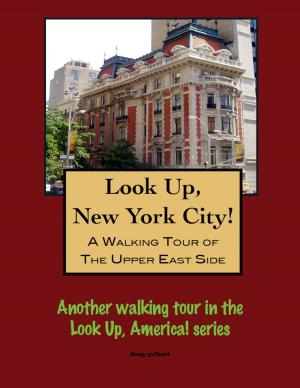| Author: | Doug Gelbert | ISBN: | 9781458125835 |
| Publisher: | Doug Gelbert | Publication: | January 31, 2011 |
| Imprint: | Smashwords Edition | Language: | English |
| Author: | Doug Gelbert |
| ISBN: | 9781458125835 |
| Publisher: | Doug Gelbert |
| Publication: | January 31, 2011 |
| Imprint: | Smashwords Edition |
| Language: | English |
There is no better way to see America than on foot. And there is no better way to appreciate what you are looking at than with a walking tour. Whether you are preparing for a road trip or just out to look at your own town in a new way, a downloadable walking tour is ready to explore when you are.
Each walking tour describes historical and architectural landmarks and provides pictures to help out when those pesky street addresses are missing. Every tour also includes a quick primer on identifying architectural styles seen on American streets.
The first settlement on the site of Newburgh was made in 1709 by a band of German Lutherans led by Joshua Kocherthal in the vicinity of Quassaick Creek south of the present city center. As Scottish, Dutch and English settlers came to the western shore of the Hudson River the Germans drifted further inland. In 1762 the settlement took the name of a Scottish town on the River Tay.
Newburgh experienced a brisk river trade connecting wagon trails to Western New York until this business was diverted by the Erie Canal in the 1820s. But Newburgh’s prime location midway between New York City and Albany did not leave it at a disadvantage for long. Railroads connected the city to the Pennsylvania coal fields and in 1881 the city became the western terminus of the New York & New England Railroad and in 1883 the West Shore Railroad provided direct connection with New York City.
In the latter half of the 19th century Newburgh was firmly established as a transportation and manufacturing hub in the Hudson Valley. Pouring from the city’s factories were paper boxes, flannels, soap, iron and wire products, paints, ice machines, perfumes, carpets bleach, lawn mowers and more. The 20th century was not so kind to Newburgh. Trucks sucked up much of the shipping traffic on the Hudson River and in 1963 the final blow was landed when the Newburgh-Beacon Bridge opened destroying ferry traffic between Newburgh and the eastern shore
and carrying automobile traffic past the downtown area altogether.
Newburgh has always been at the forefront of historic preservation. The town sported the country’s first state-acquired historic site in 1850 and its Historical Society was founded back in 1884 and has been rescuing threatened properties since the 1950s. Its historic district is the second largest in New York state. Despite that legacy urban renewal was eagerly embraced and voracious in its execution on Newburgh. In the 1970s the city’s historic waterfront area was completely demolished.
Our tour will examine the historic architecture remaining, standing in various states of repair. And we will begin at that very first preserved historic site, now a National Historic Landmark and a site that is depicted on the city seal, on which ground it was determined that the United States would not become a kingdom...
There is no better way to see America than on foot. And there is no better way to appreciate what you are looking at than with a walking tour. Whether you are preparing for a road trip or just out to look at your own town in a new way, a downloadable walking tour is ready to explore when you are.
Each walking tour describes historical and architectural landmarks and provides pictures to help out when those pesky street addresses are missing. Every tour also includes a quick primer on identifying architectural styles seen on American streets.
The first settlement on the site of Newburgh was made in 1709 by a band of German Lutherans led by Joshua Kocherthal in the vicinity of Quassaick Creek south of the present city center. As Scottish, Dutch and English settlers came to the western shore of the Hudson River the Germans drifted further inland. In 1762 the settlement took the name of a Scottish town on the River Tay.
Newburgh experienced a brisk river trade connecting wagon trails to Western New York until this business was diverted by the Erie Canal in the 1820s. But Newburgh’s prime location midway between New York City and Albany did not leave it at a disadvantage for long. Railroads connected the city to the Pennsylvania coal fields and in 1881 the city became the western terminus of the New York & New England Railroad and in 1883 the West Shore Railroad provided direct connection with New York City.
In the latter half of the 19th century Newburgh was firmly established as a transportation and manufacturing hub in the Hudson Valley. Pouring from the city’s factories were paper boxes, flannels, soap, iron and wire products, paints, ice machines, perfumes, carpets bleach, lawn mowers and more. The 20th century was not so kind to Newburgh. Trucks sucked up much of the shipping traffic on the Hudson River and in 1963 the final blow was landed when the Newburgh-Beacon Bridge opened destroying ferry traffic between Newburgh and the eastern shore
and carrying automobile traffic past the downtown area altogether.
Newburgh has always been at the forefront of historic preservation. The town sported the country’s first state-acquired historic site in 1850 and its Historical Society was founded back in 1884 and has been rescuing threatened properties since the 1950s. Its historic district is the second largest in New York state. Despite that legacy urban renewal was eagerly embraced and voracious in its execution on Newburgh. In the 1970s the city’s historic waterfront area was completely demolished.
Our tour will examine the historic architecture remaining, standing in various states of repair. And we will begin at that very first preserved historic site, now a National Historic Landmark and a site that is depicted on the city seal, on which ground it was determined that the United States would not become a kingdom...
